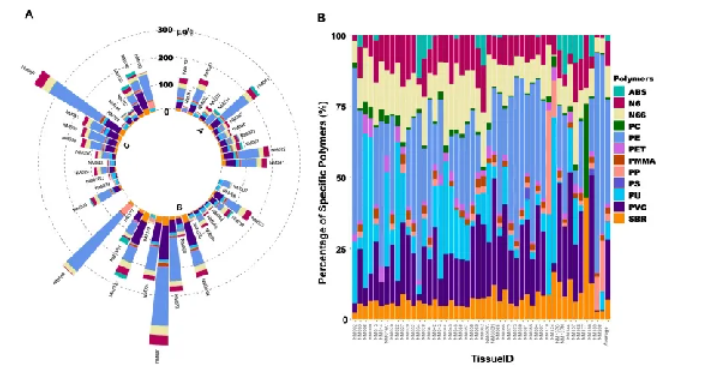The discovery rate of microplastics in human reproductive organs is 100%
 Jun 21, 2024|
Jun 21, 2024| View:78
View:78According to the latest research, microplastics have been immersed in human testes, with a 100% discovery rate in the analyzed samples. The average concentration of microplastics in human testes is 328.44 micrograms per gram, with polyethylene (plastic bags and bottles) being the most common. The study highlights the widespread presence of microplastics in human testes, which has heightened concerns about their potential impact on human reproductive health.
In this study, researchers analyzed 47 canine testes and 23 human testes, quantitatively analyzed 12 types of microplastics using advanced and sensitive thermal decomposition gas chromatography/mass spectrometry, and collected data on dog reproductive organ weight and sperm count to investigate the association between microplastics and reproductive function.
It was found that microplastics were present in all analyzed canine and human testes, with an average microplastic concentration of 122.63 micrograms per gram in canine testes and 328.44 micrograms per gram in human testes. The microplastic concentration in human testes is almost three times that of dogs.

Analysis of microplastic types found that the main types of microplastics in humans and canines have a similar proportion, with polyethylene (PE) being the most common, accounting for 36.4% in dogs and 35.2% in humans. It is commonly used in the production of plastic bags and bottles, followed by polyvinyl chloride (PVC), which is commonly used in the production of household water pipes, etc.
In addition, researchers also analyzed the relationship between specific types of microplastics and dog sperm count and testicular weight. The analysis found that a higher PVC content in dog testicles was correlated with lower sperm count, while the concentration of specific microplastics such as PVC and PET was negatively correlated with testicular weight. PVC releases many chemicals that interfere with sperm production and contains chemicals that can cause endocrine disorders. Generally speaking, a decrease in testicular weight indicates a decrease in sperm production rate.
Researchers emphasize that the association between microplastics and sperm parameters does not imply a causal relationship, and larger scale studies should be conducted in the future to examine whether microplastic levels in the reproductive system affect male reproductive function.







